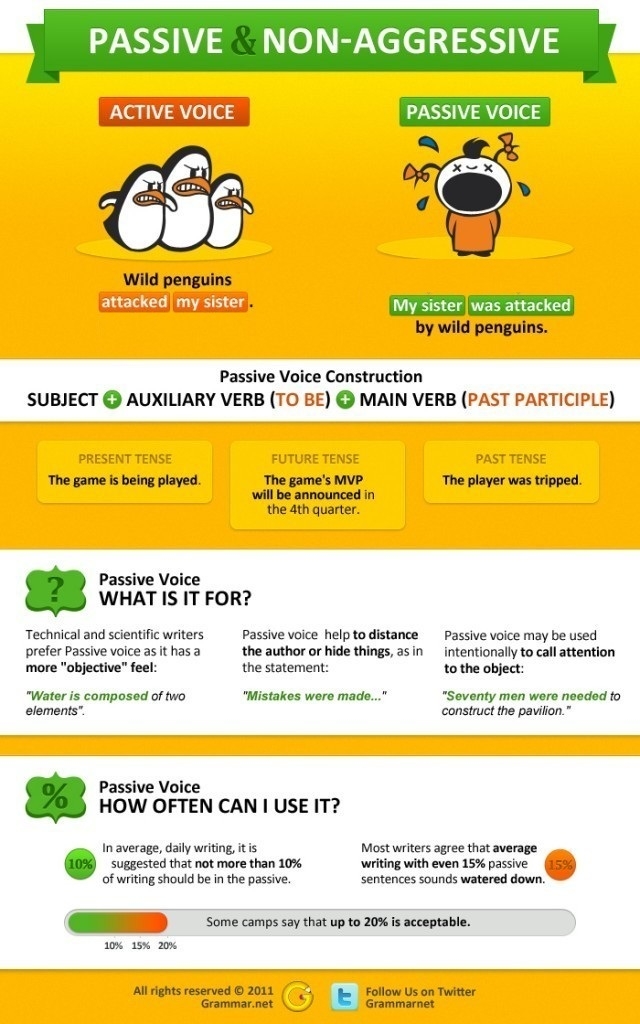Passive voice is a grammatical construction where the subject of a sentence is the recipient of the action rather than the doer. It is often used when the focus is on the action itself rather than the person or thing performing the action. Understanding how to identify and use passive voice can improve the clarity and flow of your writing.
Many people find passive voice confusing, but with a little practice, it can be easily recognized and corrected. By understanding the basic principles of passive voice, you can improve the quality of your writing and make your sentences more clear and concise.
Passive Voice Explained
Passive voice is formed by using a form of the verb “to be” (such as is, am, are, was, were, has been, have been, will be, etc.) followed by the past participle of the main verb. For example, “The cake was baked by my mom.” In this sentence, the cake is the recipient of the action (being baked) rather than the doer.
One key indicator of passive voice is the presence of the word “by” followed by the doer of the action. For example, “The report was written by the intern.” In this sentence, the report is the subject of the sentence, but the focus is on who wrote it rather than who or what the report is about.
Passive voice is often used in formal writing, scientific papers, or when the doer of the action is unknown or unimportant. However, using passive voice too frequently can make your writing sound dull and lacking in energy. It is important to use passive voice judiciously and consider whether active voice might be more appropriate in certain situations.
One way to identify passive voice in your writing is to look for sentences where the subject is being acted upon rather than performing the action. By rephrasing these sentences to make the subject the doer of the action, you can often improve the clarity and flow of your writing. Practice recognizing and correcting passive voice in your writing to make your sentences more dynamic and engaging.
In conclusion, passive voice is a useful grammatical construction that can be used to vary sentence structure and focus on the action rather than the doer. By understanding how passive voice works and when to use it appropriately, you can enhance the quality of your writing and communicate your ideas more effectively.
